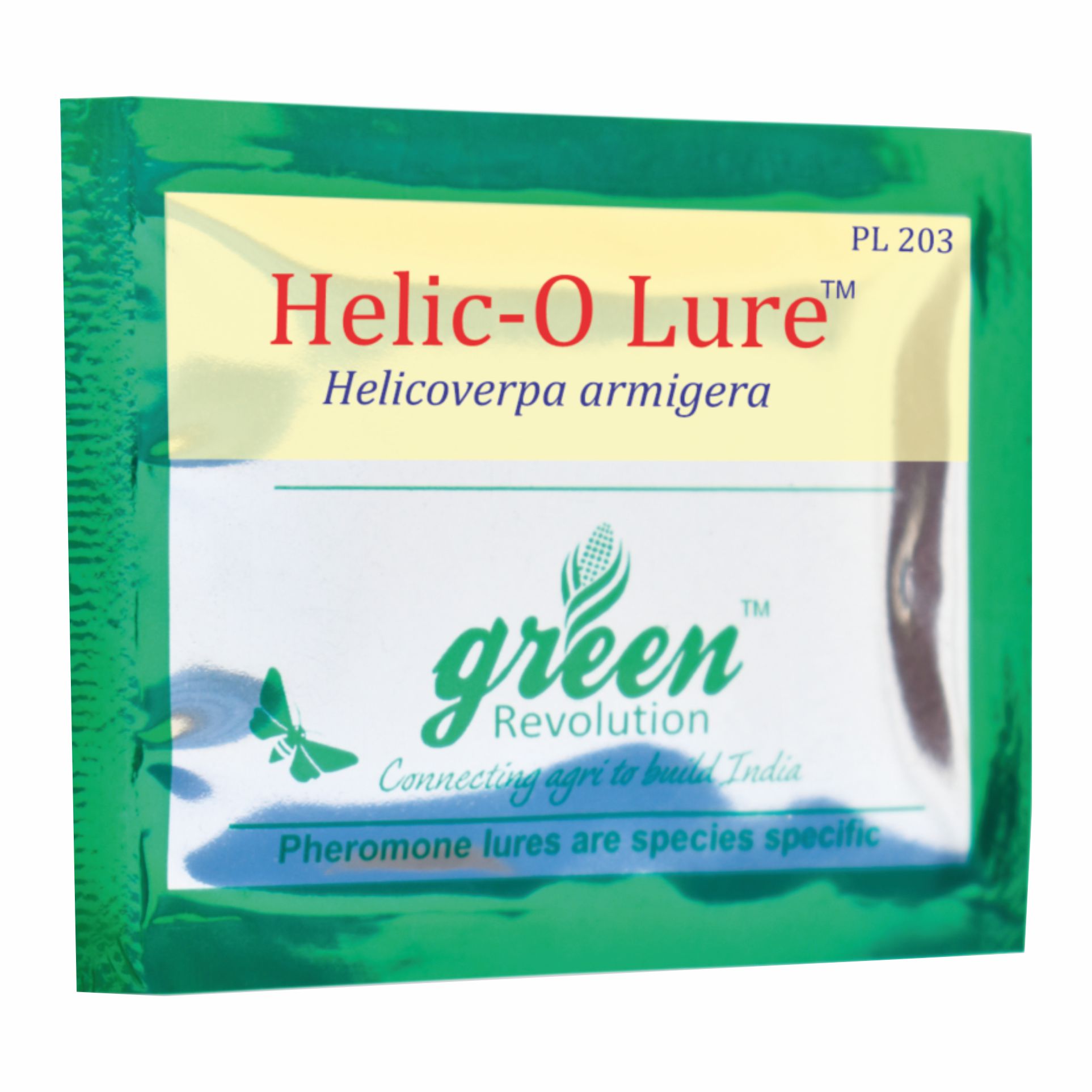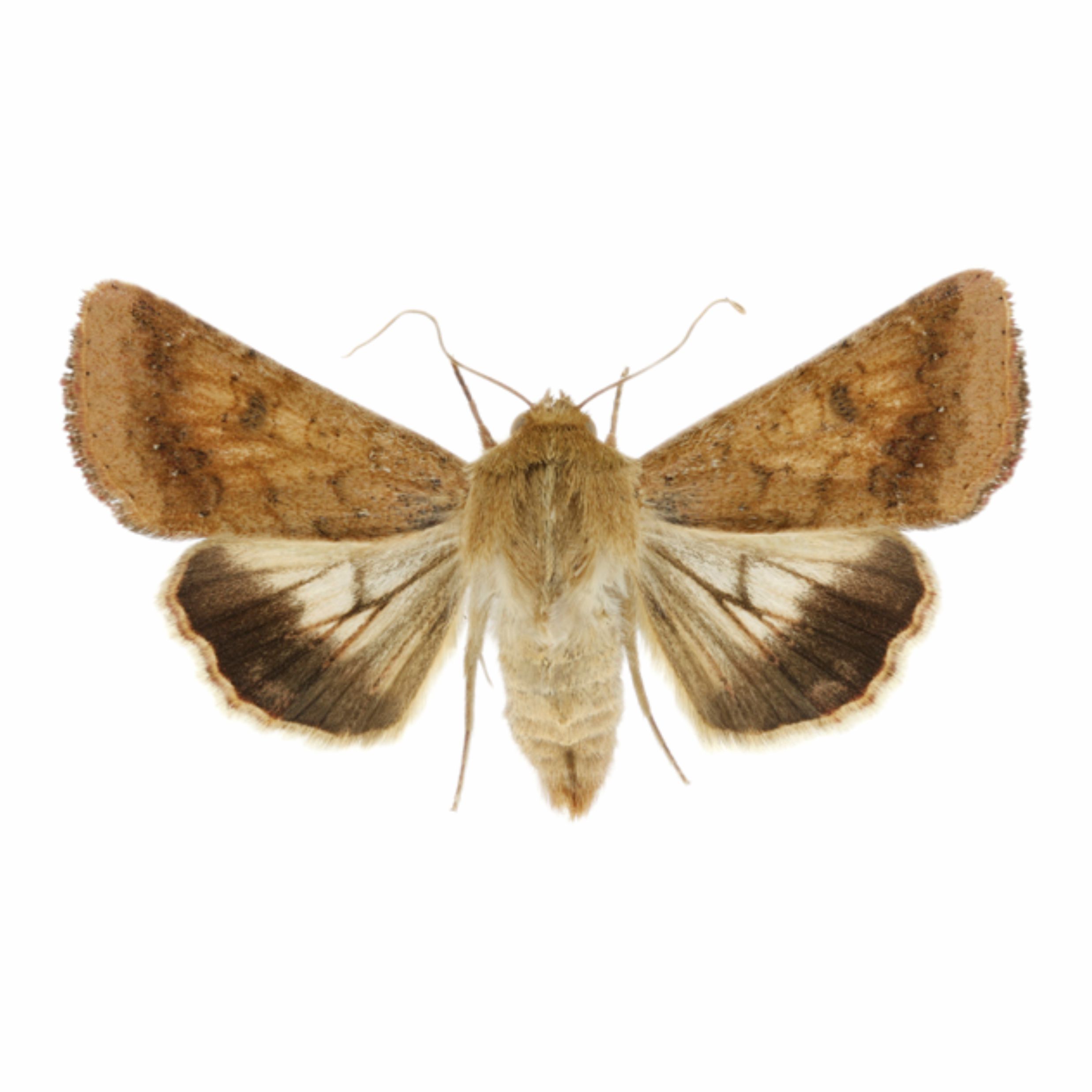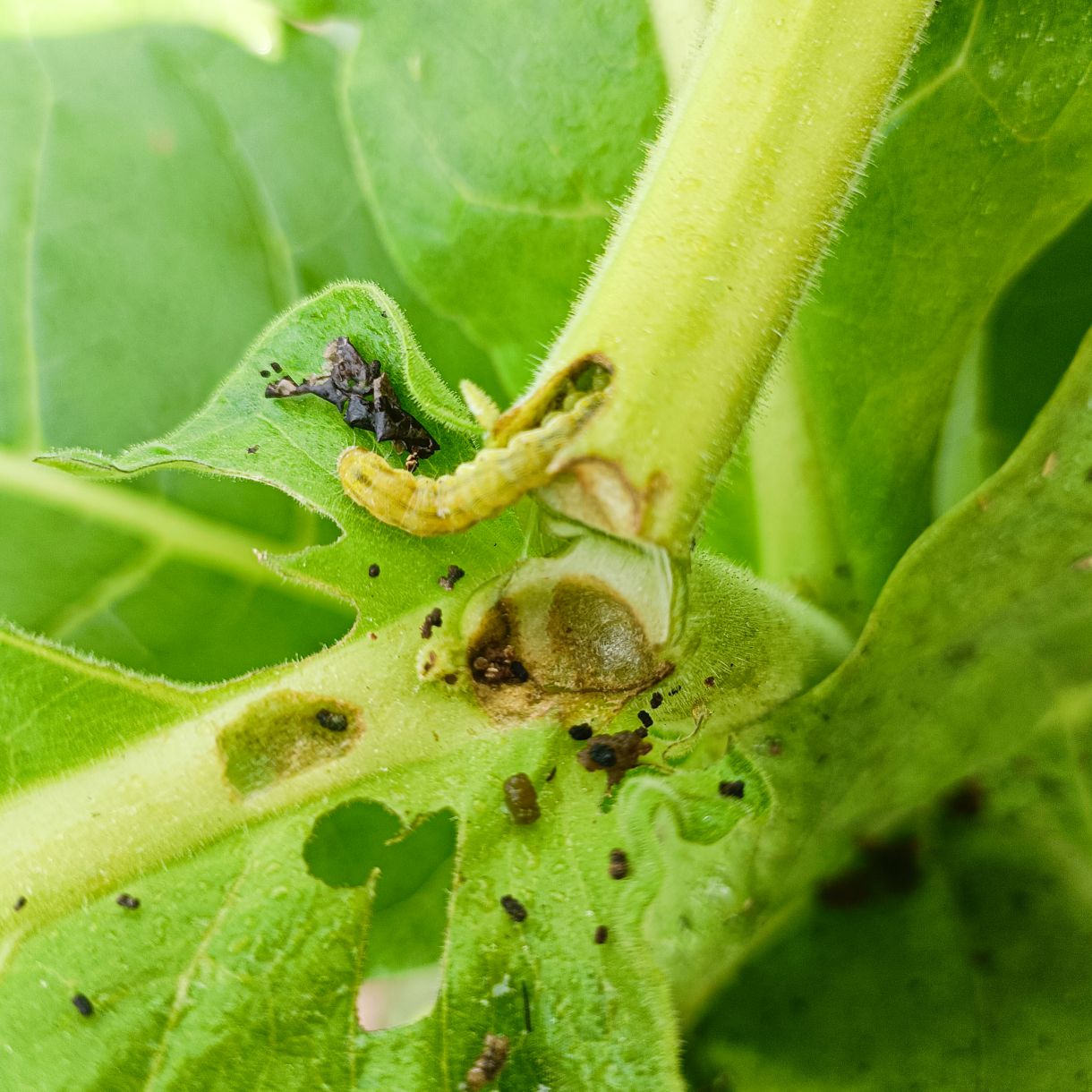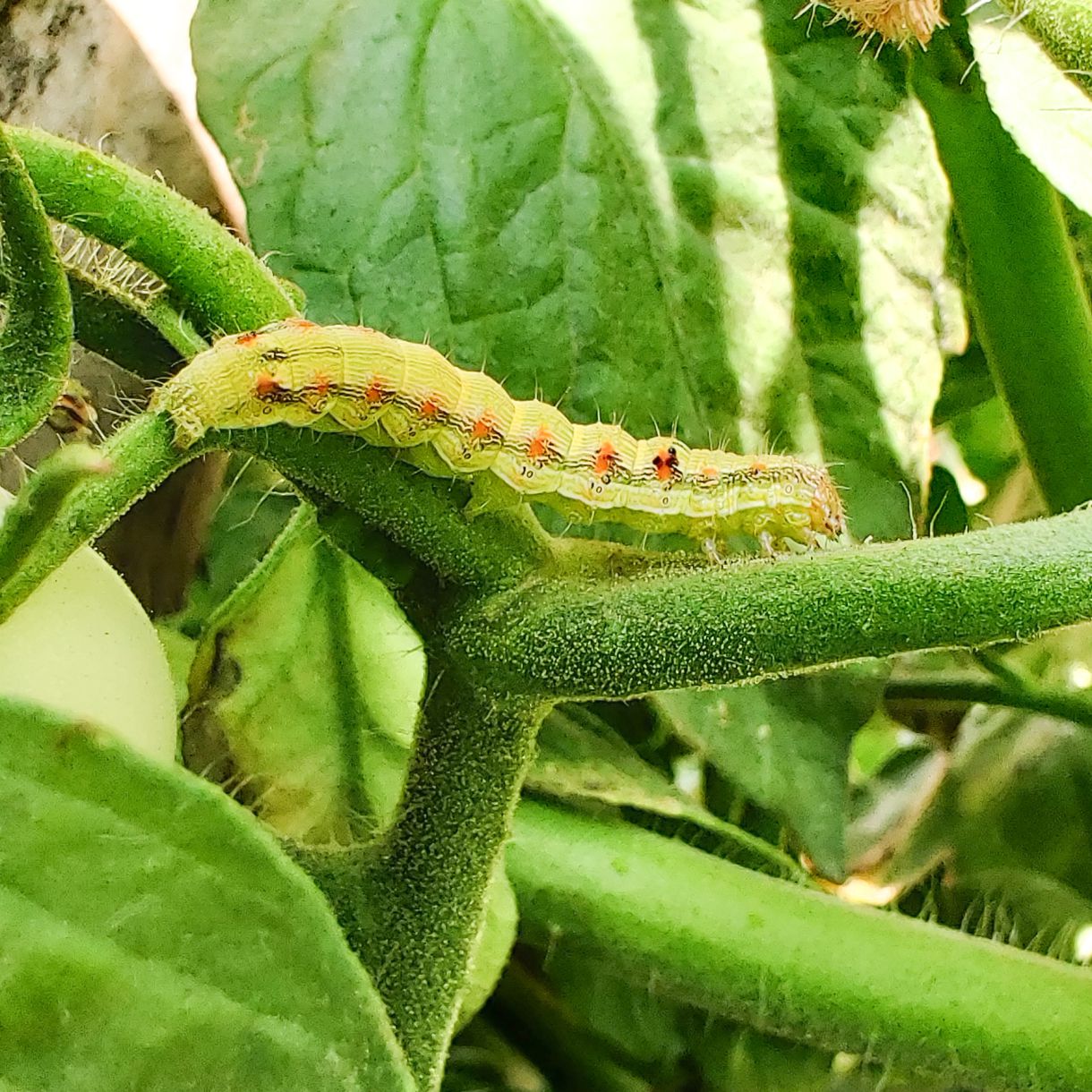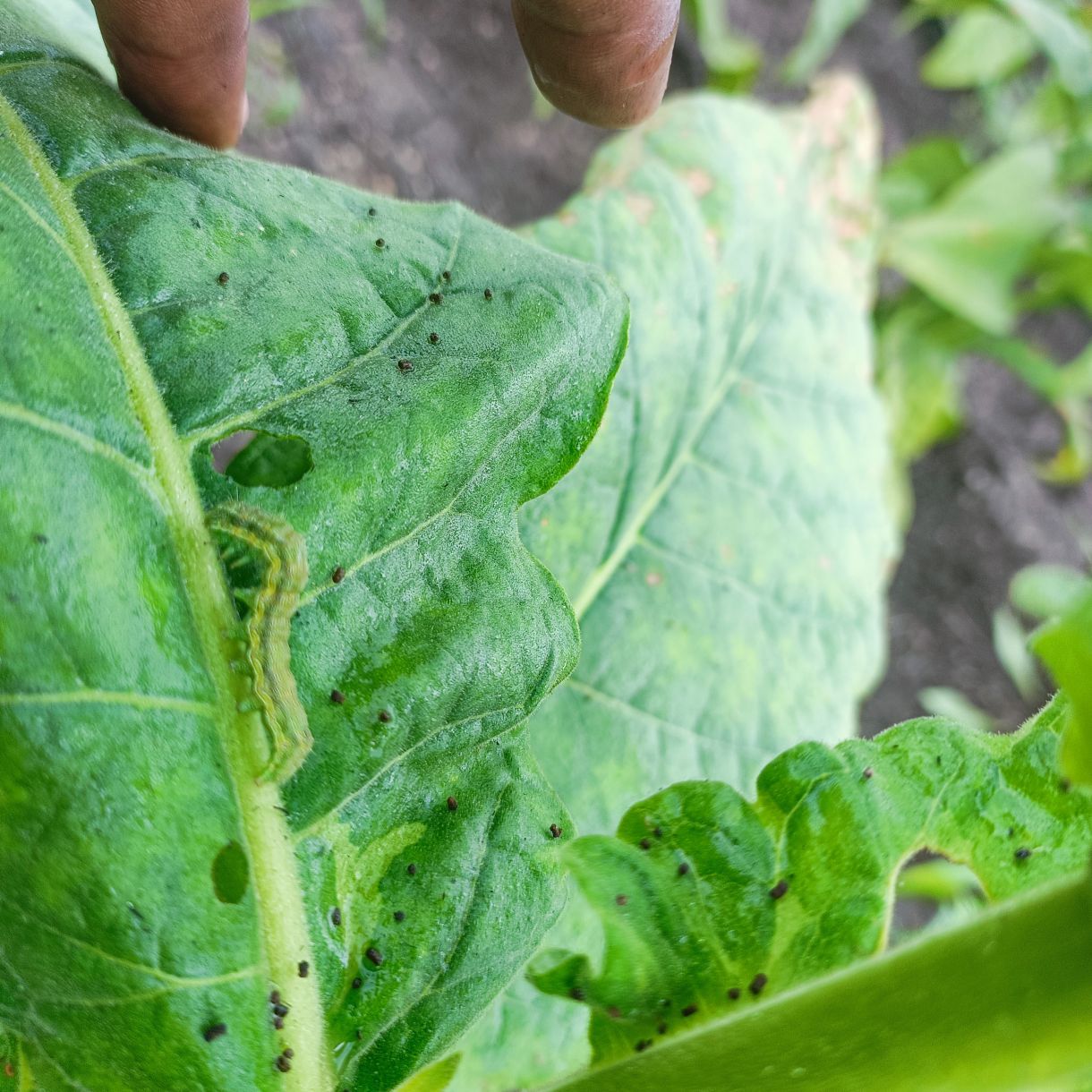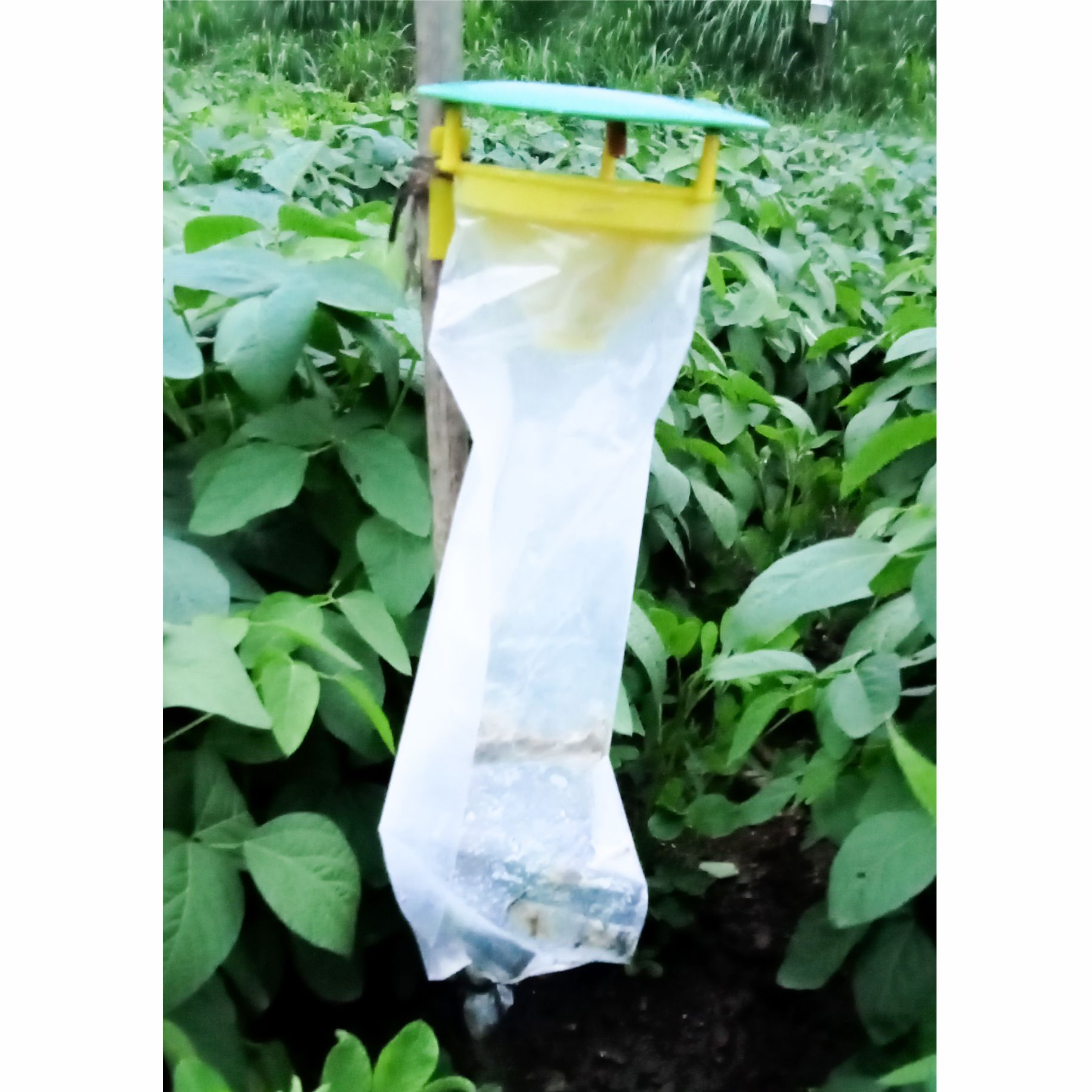Helic-O Lure Helicoverpa armigera - Pack of 10
Helic-O Lure used to attract and control adults of Cotton Bollworm. It can be used in Chick pea, Tomato, Soybean.
₹ 170.00
₹ 250.00
You save (32%)
Excl. GST
Product Detail and Specifications
Helicoverpa armigera is a species of Lepidoptera in the family
Noctuidae. It is known as the cotton bollworm, corn earworm, Old World
(African) bollworm, or scarce bordered straw. The larvae feed on a wide range
of plants, including many important cultivated crops. It is a major pest in
cotton and one of the most polyphagous and cosmopolitan pest species. It can be
very sever if proper management not taken on time.
Attracting Insect
Species: Cotton Bollworm (Helicoverpa armigera)
Suitable trap: Funnel
Trap
Used in crops: Soyabean,
Tomato, Maize, Bengal gram, Red gram, Cotton, Chili, Green gram, Okra, Rose,
Cow pea, Sunflower, Sorghum, Chrysanthemum, Groundnut
Damages:
The rate of seed loss due to
Cotton Bollworm feeding in soybean and other crops depends on the plant growth
stage. Damage after the full-pod stage leads to the reduced potential to
compensate for the damage. Cotton Bollworm feeds mostly in the middle third of
soybean plants. It is also feeds on fruits of tomato and pods of chickpea. Larva
starts to feed on fruiting stage of crop. After boring, pods& fruits get
damaged then quality get hampered.
Life
Cycle:
The adults are highly
active at night. The females mate several times and lay 300-3000 eggs during
their lifetime. The greenish yellow eggs are laid singly on stems, leaves and
fruit. The hatched larvae eat the grains and reach a length of 40 mm, then
larvae go under to the soil and converting to the pupa stage (10 to 15 days)
then the pupa becomes to adult and emerge out in their favorable condition from
soil. In summer the pest develops in 25-40 days, in the cold season within 6-7
months. In the Middle East the pest completes 4-5 annual generations, some of
which overlap. This pest may migrate over long distances, borne by winds
Pest
Identification:
It is a Stout-bodied moth of
typical noted appearance; size and colour of moths are variable. Body length is
1220 mm, wing span 30-40 mm. Female forewings are orange-brown; males have
lighter, greenish-gray wings. Dark band is situated between external
transversal and sub-marginal lines. Transversal lines, sub-marginal line and
reniform spot are diffused. Hind-wings are lighter, pale-yellow, with brown
band before external edge; dark round spot is situated in the middle of wing.
Technology:
Insect Sex Pheromone
Technology It is the process of attraction and trapping the insect pest of
specific Species those damage to crops.
Per Acre Use: Funnel trap with Helic-O-lure at 10/acre for controlling
Attracting Insect Species: Cotton Bollworm (Helicoverpa armigera)
Suitable trap: Funnel Trap
Used in crops: Soyabean, Tomato, Maize, Bengal gram, Red gram, Cotton, Chili, Green gram, Okra, Rose, Cow pea, Sunflower, Sorghum, Chrysanthemum, Groundnut
Damages:
The rate of seed loss due to Cotton Bollworm feeding in soybean and other crops depends on the plant growth stage. Damage after the full-pod stage leads to the reduced potential to compensate for the damage. Cotton Bollworm feeds mostly in the middle third of soybean plants. It is also feeds on fruits of tomato and pods of chickpea. Larva starts to feed on fruiting stage of crop. After boring, pods& fruits get damaged then quality get hampered.
Life Cycle:
The adults are highly active at night. The females mate several times and lay 300-3000 eggs during their lifetime. The greenish yellow eggs are laid singly on stems, leaves and fruit. The hatched larvae eat the grains and reach a length of 40 mm, then larvae go under to the soil and converting to the pupa stage (10 to 15 days) then the pupa becomes to adult and emerge out in their favorable condition from soil. In summer the pest develops in 25-40 days, in the cold season within 6-7 months. In the Middle East the pest completes 4-5 annual generations, some of which overlap. This pest may migrate over long distances, borne by winds
Pest Identification:
It is a Stout-bodied moth of typical noted appearance; size and colour of moths are variable. Body length is 1220 mm, wing span 30-40 mm. Female forewings are orange-brown; males have lighter, greenish-gray wings. Dark band is situated between external transversal and sub-marginal lines. Transversal lines, sub-marginal line and reniform spot are diffused. Hind-wings are lighter, pale-yellow, with brown band before external edge; dark round spot is situated in the middle of wing.
Technology:
Insect Sex Pheromone Technology It is the process of attraction and trapping the insect pest of specific Species those damage to crops.
Per Acre Use: Funnel trap with Helic-O-lure at 10/acre for controlling
About the Product
Benefits:
Economically Affordable, easy to install, and manage.
If used properly can detect low numbers of insects.
Collect only Species Specific
Non-toxic.
Suitable for all seasons.
Pheromone Lures are species-specific.
Reduce the use of harmful pesticides, encourage organic farming.
Features:
Pheromone uis sed 99% pure.
99.9% Effective from other commercial products.
Lure working days in the field life 30- 45days, depending on weather conditions.
Packing a single unit in anti anti-smell pouch.
Dispenser - Septa
Lure can stay for one year without being removed from packaging.
Precaution:
Please use hand gloves /Keep clean for handling the lure.
Hang trap 1 to 1.5 feet above the crop canopy.
Avoid direct contact of the lure with other chemicals.
How To Use :
Customer reviews
Please login or register to submit your review. Please also note that submiting review is only enable for users who have bought this product
Good Quality Product
By Amarsingh on one year ago -

